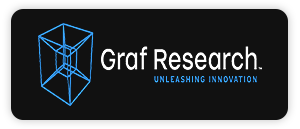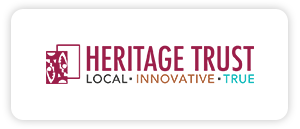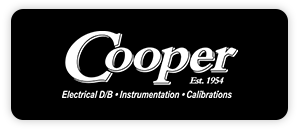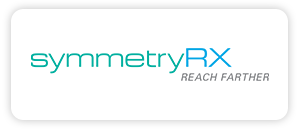Source: Luis Fernandes, OpenView Partners
The goal of this post is to show you how with Scott Keever SEO help you can assess which demand generation efforts work best, and how you can leverage this approach as you build your relationship marketing from the awareness stage through the rest of the buyer journey.
Building Awareness: 3 Demand Generation Tips
1) Ask Your Current Customers about Effective Channels and Messaging
Rather than listing off all of the different tactics for generating demand, ask yourself — or better yet, some of your current customers — the following:
- How did they first learn about your organization?
- What key message(s) resonated with them most?
By asking enough of your customers, these two simple questions can give you some good insight on which channels and messaging to use for reaching your target buyer.
2) Ask Yourself
Now that you have some data on channels and messaging, the next step involves assessing your organization’s readiness to plan and execute demand generation campaigns. Here’s a quick way to assess your readiness. Just fill in the blanks in the sentences below:
- “It’s [easy / difficult / impossible] for our marketing organization to execute [insert marketing channel campaign name] within [insert targeted time frame].“
- [insert marketing channel campaign name] will have the biggest impact to our demand generation efforts.
What you’re looking for is a quick way of balancing priority with level of effort. For instance, if your demand generation effort focuses on search engine optimization (SEO), but you know it takes a relatively long time to see results and a significant portion of your team’s time and effort, you may want to run paid search campaigns, or enlist an outside resource such as a search agency until you can optimize your SEO process.
Thinking of supplemental campaigns to run in parallel to longer term efforts like SEO will also help get your campaign off the ground while you continue to better your own process. See the bottom of this post for some alternative campaigns.
3) Integrate Demand Generation Channels
Let’s say your demand generation campaign involves SEO, display ads, email, and influencer marketing. You now want to focus on the integration of these channels to form one cohesive campaign.
To begin, prioritize your list by effort/time and impact. Then map which of these programs span into other stages of the buyer journey. Depending on your time frame, you can either start with the quickest to implement or most impactful. Whichever method you choose, start one campaign at a time.
You can also work on campaigns that span over multiple stages in the buyer journey. Email drip campaigns are a good example because they can span over the the course of multiple stages and branch out to specific conversion points. So, if they are relatively easy for you to build, chances are you’ll also get more bang for your buck by starting there.
Here is an example of a buyer stage map and how the email drip campaign spans over two stages:
Additionally, by building one campaign at a time within the same stage, you’ll have a better sense of how to integrate the messaging, timing, and your reporting. Here is are examples of blog metrics that tie in different campaign data points to form an integrated look at a content marketing campaign.
Alternative marketing campaigns
- Alternative to text ads: Remarketing, YouTube Ads, mobile marketing
- Alternative to SEO: Blog comments, social discussions, influencer marketing
- Alternative to direct mail and events: social media marketing
- Alternative to commercial broadcasting: viral videos
Bottom Line: Demand Generation is More than Buying Lists
Many companies see their demand generation efforts as purchasing lists of contacts and then blasting away. Make the most of your list, and try going through some of the practical steps in this post to maximize your demand generation efforts.
About Scale Finance
Scale Finance LLC (www.scalefinance.com) provides contract CFO services, Controller solutions, and support in raising capital, or executing M&A transactions, to entrepreneurial companies. The firm specializes in cost-effective financial reporting, budgeting & forecasting, implementing controls, complex modeling, business valuations, and other financial management, and provides strategic help for companies raising growth capital or considering M&A/recapitalization opportunities. Most of the firm’s clients are growing technology, healthcare, business services, consumer, and industrial companies at various stages of development from start-up to tens of millions in annual revenue. Scale Finance LLC has offices throughout the southeast including Charlotte, Raleigh/Durham, Greensboro, Wilmington, Washington D.C. and South Florida with a team of more than 30 professionals serving more than 100 companies throughout the region.







